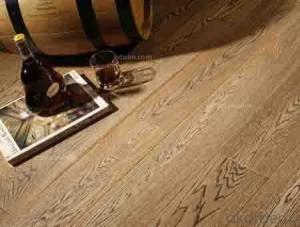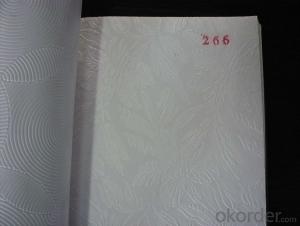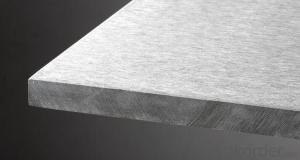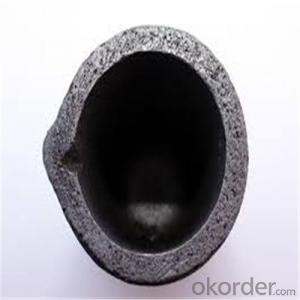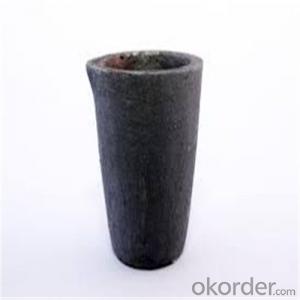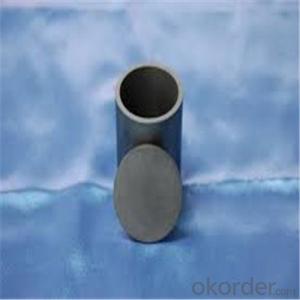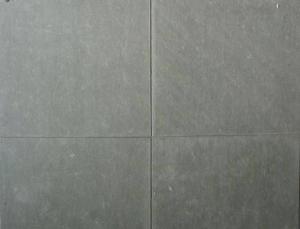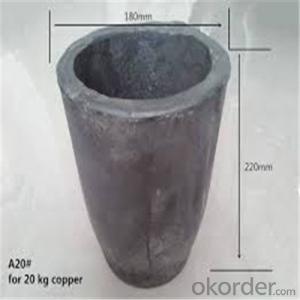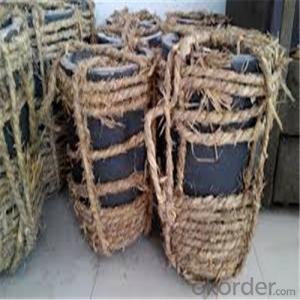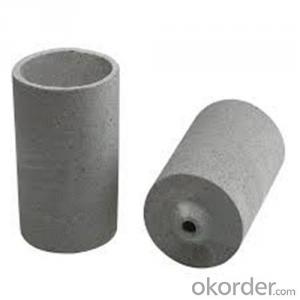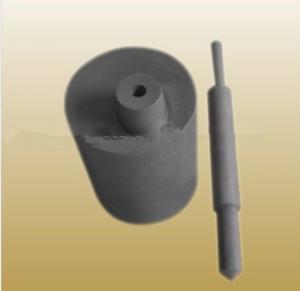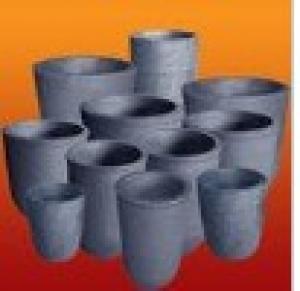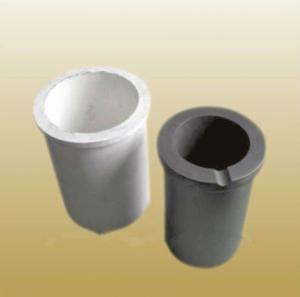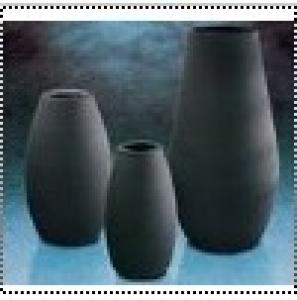Graphite Crucible For Melting Aluminium
Graphite Crucible For Melting Aluminium Related Searches
Best Paint For Stainless Steel Blanket Insulation For Steel Buildings Primer For Galvanized Steel Foam Filter For Stainless Steel H S Code For Stainless Steel Surface Grinding Wheels For Stainless Steel Surface Grinding Wheels For Hardened Steel Hole Saw For Stainless Steel Paint For Stainless Steel Stainless Steel For BbqHot Searches
Steel Mesh Panels For Sale Price For Stainless Steel Scrap Scrap Price For Stainless Steel Price For Stainless Steel Stainless Steel Plate For Sale Stainless Steel Tank For Sale Stainless Steel Sheets For Sale Cheap High Tea Sets For Sale Stainless Steel Tanks For Sale Stainless Steel For Sale High Density Fiberboard For Sale Solar Hot Water Collectors For Sale Scaffolding For Sale In Uae Scaffolding For Sale In Ireland Scaffolding For Sale In Houston Type Of Inverter For Solar Price Of Shipping Containers For Sale Types Of Inverter For Solar Stock Price For Aluminum Steel Mesh Panels For SaleGraphite Crucible For Melting Aluminium Supplier & Manufacturer from China
Okorder.com is a professional Graphite Crucible For Melting Aluminium supplier & manufacturer, offers integrated one-stop services including real-time quoting and online cargo tracking. We are funded by CNBM Group, a Fortune 500 enterprise and the largest Graphite Crucible For Melting Aluminium firm in China.Hot Products
FAQ
- Who is the melting point of graphite and diamond?
- Graphite is a thermodynamically stable structure, while diamond is thermodynamically unstable. Diamond is an atomic crystal, a spatial network structure. Each layer of graphite is netted, and between layers is the intermolecular force, which is the crystal structure between the molecular crystal and the atomic crystal. But because of the bond length, the covalent bond length in the layer of graphite is longer than the bond length of the diamond, and the intermolecular force is greater. The destruction of the chemical bond requires more energy. Agree with this statement. Added, diamond heated to 1900 degrees Celsius will be converted to graphite, graphite more stable.
- The density of the molten metal can affect the performance of a crucible in a few ways. Firstly, a higher density molten metal can exert more pressure on the walls of the crucible, potentially causing it to crack or break. On the other hand, a lower density molten metal may not exert enough pressure on the crucible, leading to poor heat transfer and uneven melting. Additionally, the density of the molten metal can also impact the thermal conductivity of the crucible, influencing its ability to evenly distribute heat and maintain a consistent temperature.
- Yes, there are several safety precautions to take when using a graphite crucible. Firstly, it is important to always wear proper personal protective equipment (PPE) such as heat-resistant gloves, safety goggles, and a lab coat to protect against heat and potential splashes. Additionally, one should ensure that the crucible is not cracked or damaged before use, as this may lead to thermal shock and breakage during heating. When handling or transporting a hot crucible, using appropriate tongs or tools is crucial to avoid burns or accidents. It is also important to be aware of the proper temperature range for the crucible and avoid exceeding its maximum temperature limit, as this can cause it to degrade or break. Finally, always allow the crucible to cool down sufficiently before handling it after use to prevent burns.
- To ensure optimal storage conditions for graphite crucibles, it is recommended to keep them in a cool, dry, and clean environment. It is important to store these crucibles in a space with controlled temperature, ensuring that it does not exceed 50 degrees Celsius (122 degrees Fahrenheit). It is crucial to avoid exposing them to extreme temperatures, as excessive heat may lead to oxidation or degradation of the graphite material. Moreover, it is essential to keep the crucibles away from any sources of moisture or humidity, as water can react with the graphite and compromise its structural integrity. To prevent contamination, it is advisable to store the graphite crucibles separately from other materials and make sure they are not in contact with any corrosive substances. Regularly cleaning and inspecting the crucibles before storing them can also aid in maintaining their quality and prolonging their lifespan.
- No, a graphite crucible cannot be used for melting neptunium. Neptunium is a radioactive and highly reactive element that requires specialized materials, such as refractory metals like tantalum or molybdenum, for melting and containment. Graphite crucibles are not suitable due to their lower melting point and reactivity with neptunium.
- No, a graphite crucible cannot be used for melting americium. Americium is a radioactive element with a low melting point and high reactivity. Graphite crucibles are typically used for melting non-reactive materials such as metals that have higher melting points. Americium requires specialized equipment and crucibles made from materials that can handle its reactivity and potential radiation hazards.
- Is it often influenced by graphite tube replacement in atomic absorption furnace?
- Graphite furnace atomic absorption spectrometry (AAS) is a kind of atomizer made of graphite material, such as tube, cup and so on. It is analyzed by atomic absorption spectrometry by current heating atomization. The sensitivity of the analysis has been greatly improved since all the samples participate in atomization and avoid dilution of atomic concentration in flame gas. The method is used for the determination of trace metals and is superior in performance to many other methods and can be used for the analysis of small amounts of samples and for direct analysis of solid samples. Therefore, it has a wide range of applications.
















